Henderson Island is an uninhabited island in the south Pacific Ocean, the largest of the four islands of the Pitcairn Island group and a part of the South Pacific British Overseas Territory. It is also a UNESCO World Heritage Site. UNESCO describes the island as “one of the few atolls in the world whose ecology has been practically untouched by a human presence. Its isolated location provides the ideal context for studying the dynamics of insular evolution and natural selection. ”
Sadly, that description in no longer wholly complete or accurate. It is no longer untouched by humans, nor is it strictly speaking isolated. It lies on the western edge of the South Pacific gyre, a vortex of ocean currents which captures and concentrates floating plastic and trash, at least until the currents wash the plastic onto the beaches of islands like Henderson.
A new study by Dr Jennifer Lavers and Dr. Alexander L. Bond, published in the Proceedings of the National Academy of Sciences, reports that in a 2015 expedition, the researchers documented an estimated 38 million pieces of trash washed up on Henderson’s beaches, amounting to an estimated 17.6 tons of debris on the shores of the tiny island. Dr. Lavers, a research scientist at the University of Tasmania in Australia, told the Australian Broadcasting Corporation that what she saw on Henderson Island was “the highest density of plastic I’ve really seen in the whole of my career.”

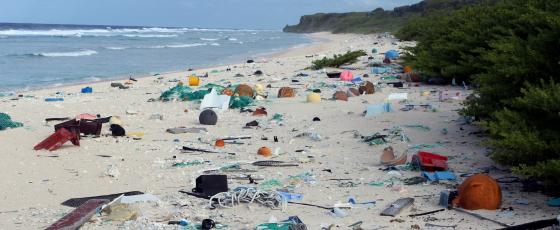
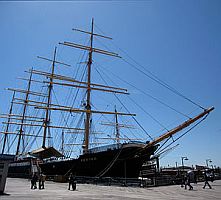 A recent post on the
A recent post on the  The
The  They usually make it look so easy. The
They usually make it look so easy. The 
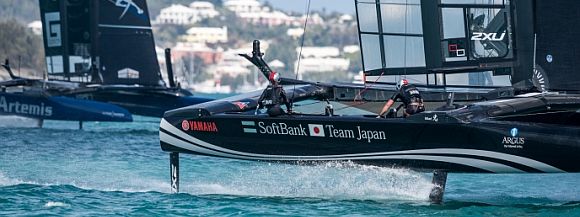 After being
After being 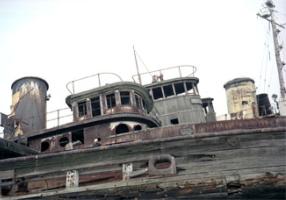 For those near New York harbor, there is a very interesting exhibit opening on the historic
For those near New York harbor, there is a very interesting exhibit opening on the historic 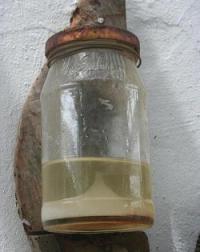
 I first arrived in New York harbor forty years ago, as a freshly minted naval architect working for Moore McCormack. In those days, the Brooklyn docks were crowded with US flag shipping companies, many with their headquarters or sales offices in Lower Manhattan. Just to the north, in the narrow streets of Tribecca and Soho were clusters of little workshops where often elderly craftsmen repaired or calibrated chronometers and sextants, and rebuilt or reconditioned everything from pumps and valves to ship’s order telegraphs to the old tube radar sets.
I first arrived in New York harbor forty years ago, as a freshly minted naval architect working for Moore McCormack. In those days, the Brooklyn docks were crowded with US flag shipping companies, many with their headquarters or sales offices in Lower Manhattan. Just to the north, in the narrow streets of Tribecca and Soho were clusters of little workshops where often elderly craftsmen repaired or calibrated chronometers and sextants, and rebuilt or reconditioned everything from pumps and valves to ship’s order telegraphs to the old tube radar sets. 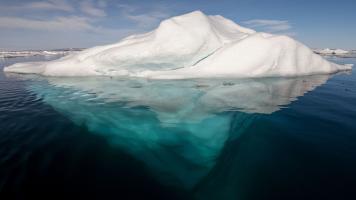
 For Royal Navy sailors and British soldiers in the West Indies during the 18th century, rum was a refuge for the discomforts of the duties of the day. The rum also may have been killing them. It wasn’t the alcohol, but the way it was distilled that proved deadly.
For Royal Navy sailors and British soldiers in the West Indies during the 18th century, rum was a refuge for the discomforts of the duties of the day. The rum also may have been killing them. It wasn’t the alcohol, but the way it was distilled that proved deadly.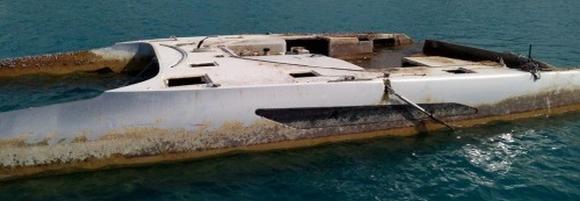
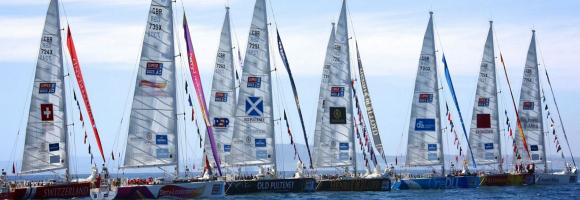 Yesterday, we posted about signing aboard as trainee crew on the square rigged barque Picton Castle, to sail all or part of the way around the world. But what if you want to sail in a globe girdling ocean race instead of on a beautiful square-rigger? To participate in an around the world ocean race usually requires millions and often tens of millions of dollars, but there is an alternative — the
Yesterday, we posted about signing aboard as trainee crew on the square rigged barque Picton Castle, to sail all or part of the way around the world. But what if you want to sail in a globe girdling ocean race instead of on a beautiful square-rigger? To participate in an around the world ocean race usually requires millions and often tens of millions of dollars, but there is an alternative — the 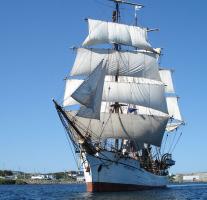 Let’s say that you want to circumnavigate the world by sail and yet you don’t necessarily have enough experience or even, for that matter, a boat. All the same, you really want to make a-once-in-a-lifetime voyage where you are more than just a passenger, where you stand your trick at the helm, set and furl sails and watch the sun rise and set on a rolling sea. The good news is that you can do just that, and you even have several options. In the next two posts, we will look at two very different, and yet, in many respects, interestingly similar, ways to take make that epic voyage around all, or part, of the world under sail.
Let’s say that you want to circumnavigate the world by sail and yet you don’t necessarily have enough experience or even, for that matter, a boat. All the same, you really want to make a-once-in-a-lifetime voyage where you are more than just a passenger, where you stand your trick at the helm, set and furl sails and watch the sun rise and set on a rolling sea. The good news is that you can do just that, and you even have several options. In the next two posts, we will look at two very different, and yet, in many respects, interestingly similar, ways to take make that epic voyage around all, or part, of the world under sail.